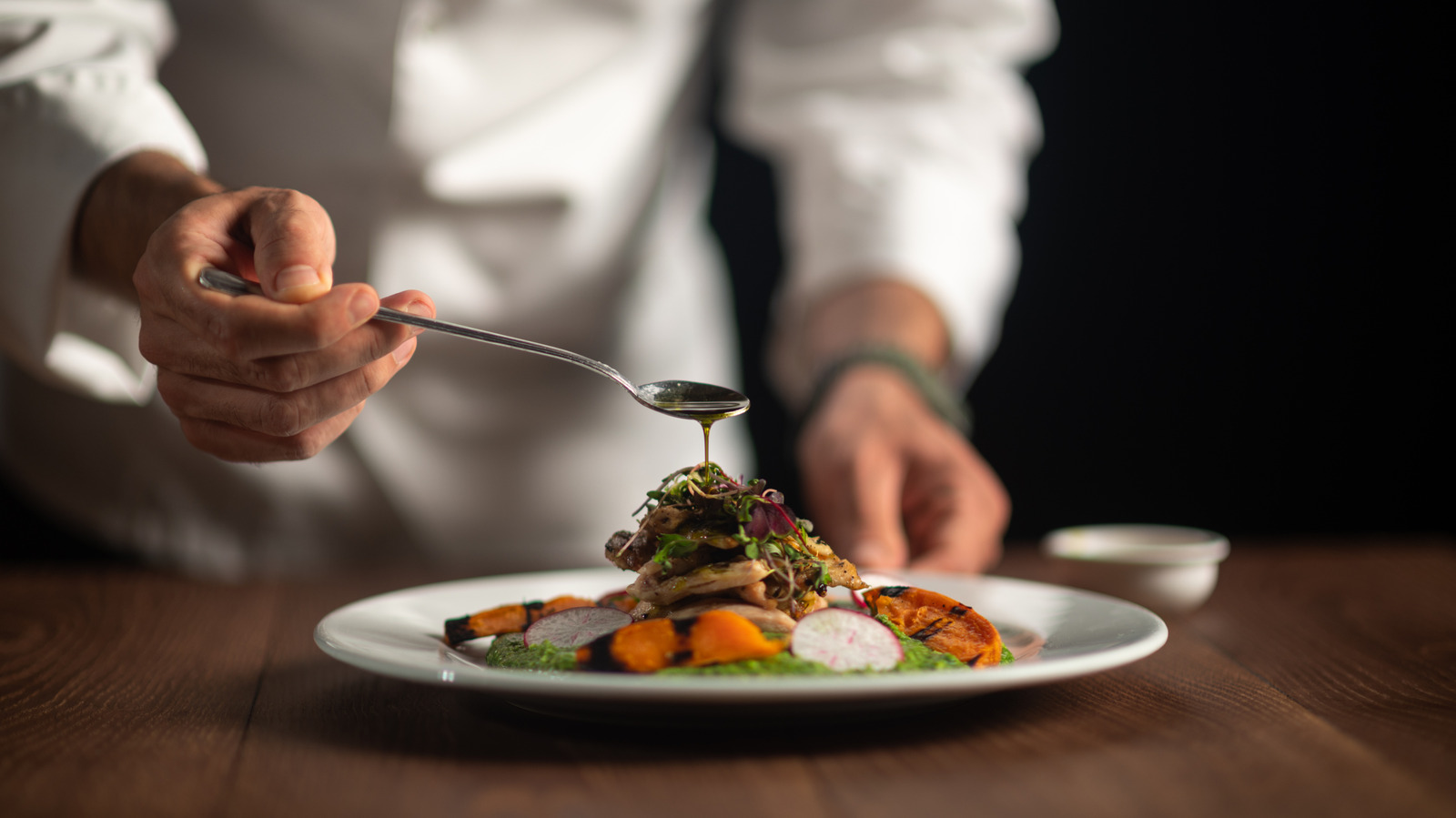
"When you're at a restaurant and your grilled hanger steak comes to the table with a small pile of microgreens on top, or your cocktail shows up with a floating edible flower, do you actually eat the garnish? If you don't, you're not alone. Garnishes are intended to make a dish look more appealing and help the empty space on the plate look fuller, but they don't always add taste to a meal."
"In the '70s and '80s, curly parsley as a garnish was a staple, one you'd find adorning foods from pecan-crusted chicken breast to hamburgers to soups and everything in between. It's described as having a distinctly milder, less pleasant taste than its flat-leafed cousin, with an earthy, sometimes scratchy mouthfeel. During the height of its popularity, curly parsley was the most readily available type of parsley, partially thanks to its resiliency as a plant and partially thanks to its dazzling green color and whimsical shape."
Garnishes are primarily used to improve a dish's appearance and fill empty plate space, though they do not always contribute flavor. Curly parsley dominated as a garnish in the 1970s and 1980s, appearing on many foods and buffets due to its resiliency, bright green color, and playful shape. Curly parsley offers a milder, sometimes less pleasant taste and an earthy, slightly scratchy mouthfeel compared with flat-leaf parsley. French culinary use emphasized texture and crispness, while American use favored visual effect. A shift toward Italian-inspired cooking led to increased use of flat-leaf (Italian) parsley.
Read at Tasting Table
Unable to calculate read time
Collection
[
|
...
]